I'm learning about function overloading in C++ and came across this:
void display(int a)
{
cout << "int" << endl;
}
void display(unsigned a)
{
cout << "unsigned" << endl;
}
int main()
{
int i = -2147483648;
cout << i << endl; //will display -2147483648
display(-2147483648);
}
From what I understood, any value given in the int range (in my case int is 4 byte) will call display(int) and any value outside this range will be ambiguous (since the compiler cannot decide which function to call). It is valid for the complete range of int values except its min value i.e. -2147483648 where compilation fails with the error
call of overloaded
display(long int)is ambiguous
But taking the same value to an int and printing the value gives 2147483648. I'm literally confused with this behavior.
Why is this behavior observed only when the most negative number is passed? (The behavior is the same if a short is used with -32768 - in fact, in any case where the negative number and positive number have the same binary representation)
Compiler used: g++ (GCC) 4.8.5

